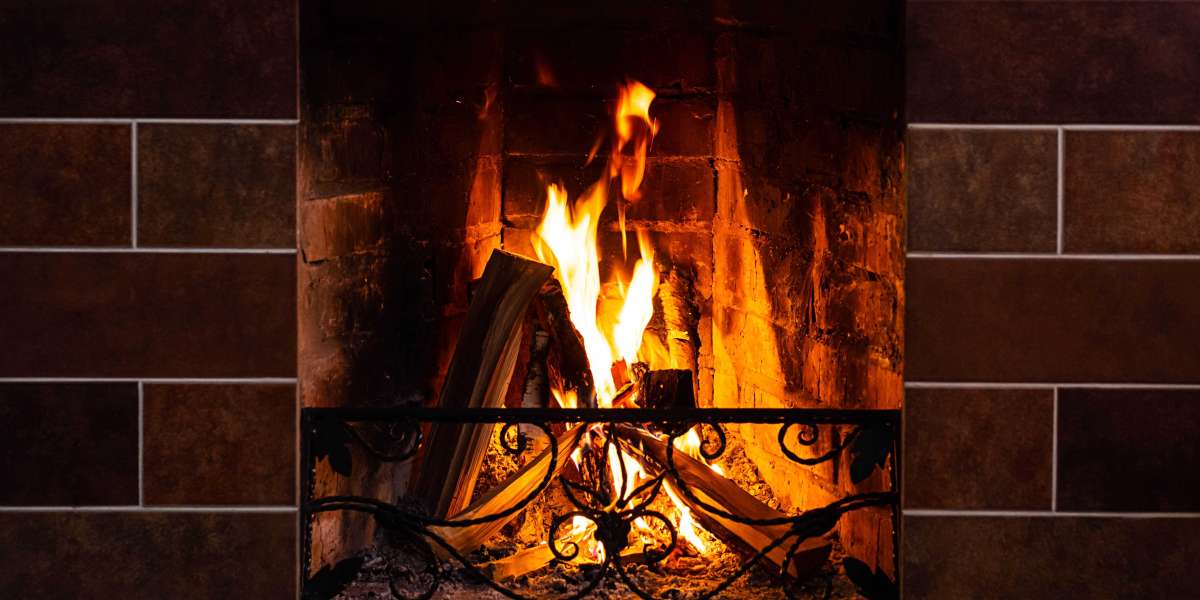Ethanol fireplaces are an excellent alternative to gas or wood fires, since they don't require a flue or chimney. They also don't produce any smoke or ash, and they can be easily moved between homes.
 Only use bio-ethanol on burners designed to burn the fuel. The warranty of your burner may be voided if you make use of other gels or fuels that are liquid.
Only use bio-ethanol on burners designed to burn the fuel. The warranty of your burner may be voided if you make use of other gels or fuels that are liquid.Cost
The cost of a bioethanol fire place varies in accordance with the kind and design you choose. There are models that range from a few hundred dollars to several thousand dollars, but they're usually less expensive than a wood or gas fireplace. Certain models are freestanding, and others are attached to a fireplace or recessed into the wall. Ethanol fireplaces are less environmentally harmful than fireplaces that burn wood.
Bioethanol fires are popular because they offer a natural, beautiful flame without any smoke or soot. They can be used nearly everywhere and are simple to maintain. It is recommended to only use bio-ethanol fuels that are specifically designed for fireplaces like these. Other kinds of fuel can harm the burner, which increases the risk of fire. Also, it is not recommended to keep flammable substances near the bioethanol fire.
They are great for heating rooms, but shouldn't be your primary source of warmth. They are more efficient than wood-burning fireplace places and produce lots of heat, around 2kW on average. This is not enough to heat a whole house, but it will certainly assist in warming a small room.
In addition to the actual expense of an ethanol fireplace, you must also consider other expenses related to maintaining the unit. The fireplace should be stored in a safe place, out of the reach of pets and children. Always adhere to the manufacturer's directions for adding fuel, then putting out the flame, and allowing the burner to cool.
A fireplace made of ethanol is a great alternative to a wood-burning stove. This fire has the main benefit that it doesn't need the chimney. You can save money by not having to set up and maintain one. Additionally, it is safer to operate than most other types of fireplaces. It is still a good idea to consult with a professional before making a final decision. This means you can be certain that the fireplace will be put in place safely and correctly.
Environmental impact
A fireplace that is ethanol-powered is an environmentally friendly alternative to traditional wood-burning fireplaces. It makes use of bioethanol fuel which is created by the fermentation process of sugar and starch components from waste plant products such as corn, straw, and maize. The biofuel's liquid undergoes further distillation to make it efficiently and cleanly burn. This type of fuel is believed to be an energy source that is renewable and does not emit toxic emissions or odours. It is also free of smoke and soot, making it a safer option for your home over other kinds of fires.
Ethanol fireplaces aren't required to have venting or chimneys, so they can be placed in almost any room in your house. Most models come with remote control. A majority of them also have a built-in cooling system to stop the fuel from overheating. They can be used as a main heat source or as an additional heating unit. They are also a good option for those living in condominiums or apartments.
Bioethanol fireplaces produce low levels of odours, which makes them an excellent choice for homes that have people suffering from allergies or asthma. This kind of fireplace is safe to be used in a child's or nursery room. It is essential to remember, however, that these fireplaces should be kept a safe distance from any flammable items, such as furniture and curtains.
The simplicity of using an ethanol fire is among its main benefits. It is much simpler to install than a fireplace that burns wood, and does not require complicated installations or electrical connections. The fuel in liquid form can be stored in a container that is portable so that it can be easily moved from one area to another. This allows you to enjoy a fireplace's warmth without having to deal with the mess of chopping up stacking, cleaning and removing the wood.
A bioethanol fireplace produces very little pollution. This makes it an ideal choice for those who are concerned about the environment. In addition they are an excellent way to save energy and money.
Safety
A bioethanol fireplace is a safer alternative to an open fire. They burn cleanly and emit less smoke than other options and are simple to use. However, like all fireplaces and other appliances that produce fire, they can be dangerous if they are used improperly. Fireplaces that are constructed with wood require special care and attention, so it's important to read the instructions carefully and follow them strictly.
If you're using a bioethanol fireplace ensure that you put it in a space that is well-ventilated and away from any other fire-prone materials. Keep pets and children away from the fire. Don't move it while the fire is still burning. This can cause an explosion.
Bioethanol fireplaces aren't as dangerous as wood or gas fireplaces, however there are safety guidelines that must be adhered to in order to ensure safe operation. Keep flammable objects at least 1500mm away from the flame and avoid touching it while the flame burns. It's also important to never fill a fire with fuel that is not approved.
The bio-ethanol fireplace's combustion process is safe, as long as you follow the guidelines. Basically, the fuel is pumped into a vapour accelerator, where it vaporizes, and then ignited by a filament. This method of combustion ensures that the fuel is fully combusted, which eliminates unpleasant odours and harmful substances such as dioxins and furans.
It is crucial to follow the directions provided by the manufacturer when installing or operating an ethanol fireplace. They should be kept away from combustible material like newspapers and curtains. They should be kept at a reasonable distance from other appliances in the home and should not be placed close to sleeping animals or children.
A bio-ethanol fireplace has the primary benefit that it doesn't emit any harmful odours or fumes. This makes it a safer choice for households with pets or children. They are also more convenient than traditional fireplaces, as they don't require chimneys and don't cause carbon monoxide poisoning. They offer a range of benefits, including the ability to place them anywhere and move them around.
Installation
A bioethanol fireplace is a fantastic way to add ambiance and warmth to your home. They come in a variety of styles and can be installed in different ways. They can be wall-mounted, built-in, freestanding or see-through. But, it is important to read the installation instructions of a particular fireplace prior to installing it. This will help you avoid any issues during installation and ensure that your fireplace is safe to use.
The procedure of installing a bioethanol fireplace is fairly simple. It involves installing the burner and then building a frame into the wall. The frame should be made of a material that is not flammable. This will prevent the fire from igniting the wall. It also helps prevent the flame from spreading to other areas of the room. The frame should be anchored to the wall using appropriate screws and dowels.
The ethanol fireplace does not require a chimney or flue unlike other types of fireplaces. This makes them more affordable for homeowners. They can also be placed in any space and easily moved. Additionally, they do not produce any harmful emissions.
When used correctly, a bioethanol fireplace is extremely safe. Like any fire, it is important to keep them away from children and any flammable surfaces. The fuel should also be stored in a secure location and the fire should be put out prior to refilling.
Ethanol fireplaces do not produce any ash or soot They are also easy to clean. They are a great option for those who are concerned about the effect on the environment that traditional wood-burning fireplaces. Ethanol-fueled fireplaces can be a fantastic alternative to gas or electric fireplaces.
While bioethanol fireplaces are great additions to any home however, they shouldn't be used as a primary source of heat. They are designed to provide extra warmth and create a cozy ambience however, they aren't strong enough to provide the warmth needed for the entire house. The best method of installing a bioethanol fireplace is to get an expert to handle the job.




